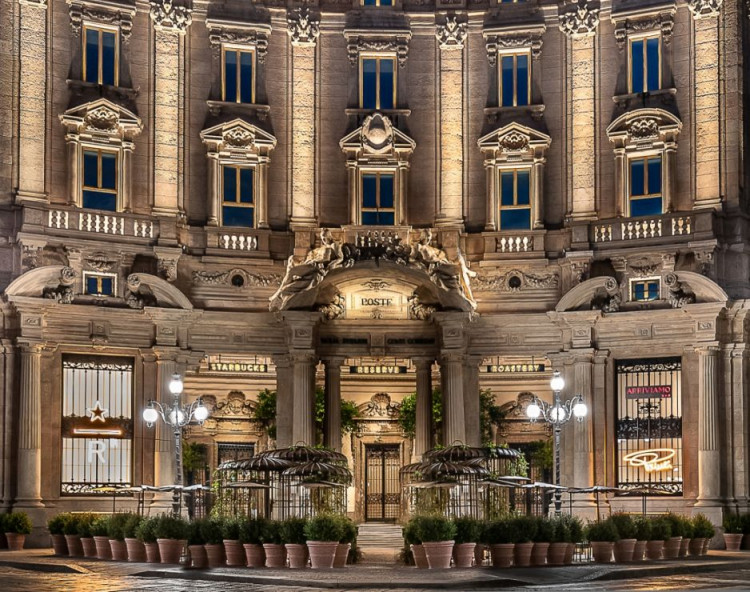Starbucks announced on Sept. 6 that it opened its first store in Italy - the Starbucks Reserve Roastery in Milan. The company said it is "the most beautiful Starbucks in the world," build inside the historic Palazzo della Poste on the Piazza Cordusio which stands at 25,000 squares feet.
Indeed, it can be the chain's most beautiful of all as it is located within a close distance of the iconic Duomo di Milano, Galleria Vittorio Emanuele II, and Teatro alla Scala. The store's interiors are distinctively Italian culture, especially that Italian baker Rocco Princi will be making his artisanal, freshly baked food for the new store.
While the place will be brimming with the Italian art of making coffee, Starbuck will also integrate its science of making coffee. For one, the physical retail environment will have an interactive augmented reality where customers can discover how Starbucks roast and brew its Reserve coffee in more than 100 different ways.
Howard Schultz, chairman emeritus of Starbucks described the opening of the Milan Roastery as the story of Starbucks coming full circle. Interestingly, Schultz was impressed with the popularity of expresso bars during his first travel in Milan in 1983. The place is where he saw the potential to develop a similar coffeehouse culture in Seattle.
Now, after almost 35 years, Milan becomes Starbucks 78th global market and the third of its kind for the coffee chain. The company opened the Seattle Roastery in 2014 and the Roastery in Shanghai in 2017.
The opening of the Reserve Roastery in Milan opens about 300 new careers for the Italians. There were new baristas, mixology personnel, coffee roasters, and manufacturers. The company will soon open educational programs and internship for students.
Starbucks said after the Reserve Roastery in Milan, it will set up more cafes in the region.
Reuters reported that Starbucks has approximately more than 57,000 competitors in Italy. The country is the home of espresso where cafes can sell them for as low as $2.09. Starbucks espresso may be double that price.
Indeed, Federico Castelmare, a barista of a local café, told Reuters he expects his customers to be loyal to him. The tourists, however, will surely drink coffee from the roastery.
Marco Ecceli, director at consulting firm AlixPartners in Italy, explained Starbucks economic sustainability is based on the price of its flagship products which are much pricier than the Italian bars. The company may not be able to capture the Italians who drink coffee every day but it will pique the interest of the younger population.






